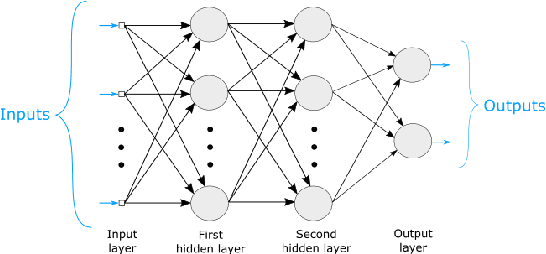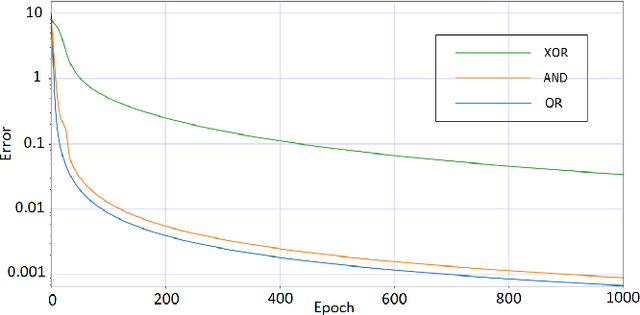Francisco Silva
In Search of Deep Learning Architectures for Load Forecasting: A Comparative Analysis and the Impact of the Covid-19 Pandemic on Model Performance
Feb 25, 2023Abstract:In power grids, short-term load forecasting (STLF) is crucial as it contributes to the optimization of their reliability, emissions, and costs, while it enables the participation of energy companies in the energy market. STLF is a challenging task, due to the complex demand of active and reactive power from multiple types of electrical loads and their dependence on numerous exogenous variables. Amongst them, special circumstances, such as the COVID-19 pandemic, can often be the reason behind distribution shifts of load series. This work conducts a comparative study of Deep Learning (DL) architectures, namely Neural Basis Expansion Analysis Time Series Forecasting (N-BEATS), Long Short-Term Memory (LSTM), and Temporal Convolutional Networks (TCN), with respect to forecasting accuracy and training sustainability, meanwhile examining their out-of-distribution generalization capabilities during the COVID-19 pandemic era. A Pattern Sequence Forecasting (PSF) model is used as baseline. The case study focuses on day-ahead forecasts for the Portuguese national 15-minute resolution net load time series. The results can be leveraged by energy companies and network operators (i) to reinforce their forecasting toolkit with state-of-the-art DL models; (ii) to become aware of the serious consequences of crisis events on model performance; (iii) as a high-level model evaluation, deployment, and sustainability guide within a smart grid context.
Perceptrons from Memristors
Jul 13, 2018



Abstract:Memristors, resistors with memory whose outputs depend on the history of their inputs, have been used with success in neuromorphic architectures, particularly as synapses or non-volatile memories. A neural network based on memristors could show advantages in terms of energy conservation and open up possibilities for other learning systems to be adapted to a memristor-based paradigm, both in the classical and quantum learning realms. No model for such a network has been proposed so far. Therefore, in order to fill this gap, we introduce models for single and multilayer perceptrons based on memristors. We adapt the delta rule to the memristor-based single-layer perceptron and the backpropagation algorithm to the memristor-based multilayer perceptron. We ran simulations of both the models and the training algorithms. These showed that both of them perform well and in accordance with Minsky-Papert's theorem, which motivates the possibility of building memristor-based hardware for a physical neural network.
 Add to Chrome
Add to Chrome Add to Firefox
Add to Firefox Add to Edge
Add to Edge